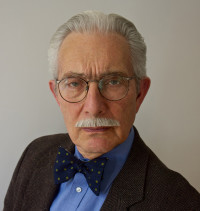
Arnold Steinhardt Speaks With Dr. Arnie
April 1, 2024
S: I’m looking forward to our conversation today, Dr. Arnie, but a year has passed since your last appearance on my blog, and I’m wondering how you’ve been.
Dr. A: How’ve I been? You created me, Steinhardt, you tell me how I’ve been. It reminds me of the old joke about two psychiatrists who meet on the street, and one says to the other, “You’re fine. How am I?. ”
S: Sounds as if you’re quite fine, Dr. Arnie, if a tad confrontational.
Dr. A: Listen to who’s throwing around five-syllable words. Didn’t know you had it in you, Steinhardt.
S: I’ll pretend I didn’t hear that, and instead ask you about what appears to be a framed certificate hanging on the wall.
Dr. A: That’s an official-looking diploma stating that I’m a music critic in good standing. Mail order. Cost me twenty-five bucks.
S: But you’re the acclaimed Dr. Arnie. Do you really need a fake diploma?
Dr. A: As my Aunt Tandalaya Goldfarb used to say, “It vudn’t hoit.” People make fun of critics. Why, the other day Mel Brooks was asked what he thought about critics, and he said they make a nice sound when they rub their back legs together. See what I mean?
S: Well, yes. But Dr. Arnie, are you so insecure because your musical opinions are controversial?
Dr. A: Did you hear that I called Beethoven a second-rate composer?
S: Uh, no.
Dr. A: I’m sick and tired of all the fuss made over Ludwig just because he became deaf. Don’t get me wrong. I’m sorry for the guy, but look at Haydn, look at Mozart, who both wrote dozens of symphonies. And Beethoven? Only a paltry nine. You know why, don’t you? Because he wasted his time writing—you won’t believe this—boring old string quartets.
Uh-oh. . .it just occurred to me that you played in a. . . .
S: Not to worry, Dr Arnie. Given your strong opinions, however, are there any other composers whose reputations seem overvalued to you?
Dr. A: I’m so glad you asked, Steinhardt. Number one on my list is Franz Schubert, whom I like to call Franz the Unfinisher. Symphony in B Minor—unfinished. String quartet in C Minor—unfinished. Several piano sonatas—unfinished. Were vitamin supplements around then? Might have helped.
S: Might have, but I’m curious to know whether you sometimes take a break from your unique participation in the music profession and attend other types of cultural events—for example, art exhibits.
Dr. A: You know, I once saw a sign near the West Side highway that said, “There are over 150 museums in New York City, and you don’t have to go to any of them.” So I don’t.
S: And what about ballet?
Dr. A: Aunt Tandalaya sometimes drags me to the ballet, but I don’t enjoy it. Ever try walking, much less dancing, on your tippy-toes? Nuts. The only reasonable comment I’ve heard on the subject came from a guy named Henny Youngman, who wondered, “Couldn’t they find taller dancers?”
S: Well, Dr, Arnie, it’s been a pleasure speaking with you once again.
Dr. A: Say, no hurt feelings, Steinhardt, about my string quartet remarks, I hope.
S: Nah. We quartet players are a tough bunch.
Dr. A: In that case, as Groucho Marx once said, “I’ve had a perfectly wonderful time. Unfortunately, it wasn’t here.”
S: Still, Dr. Arnie, I hope to see you again next April 1st.
Dr. A: If you’re lucky.

Subscribe
Sign up to receive new stories straight to your inbox!


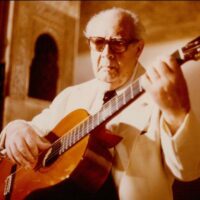
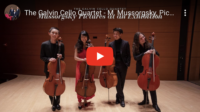
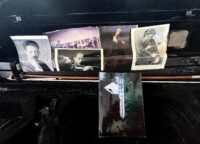

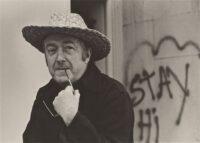
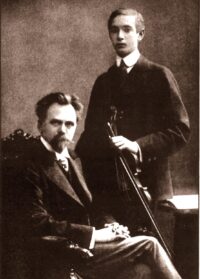
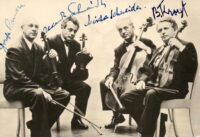

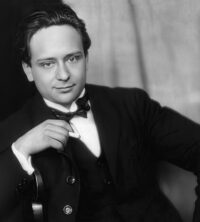
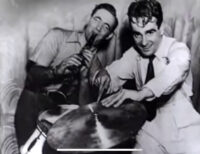
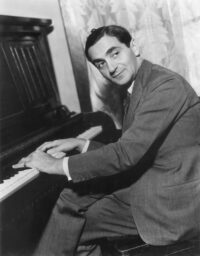

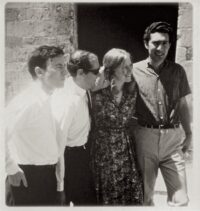

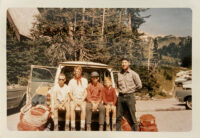

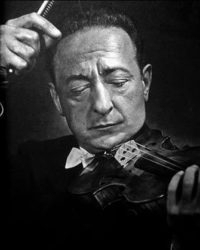

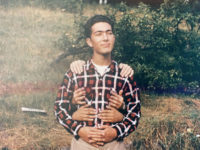
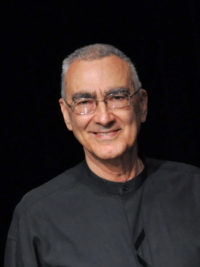
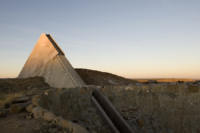

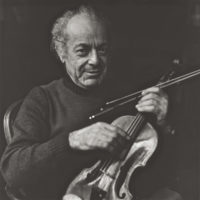

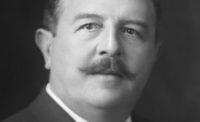
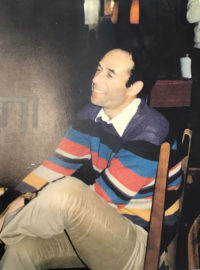

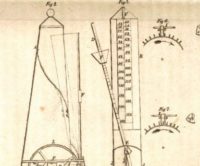
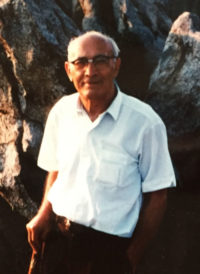

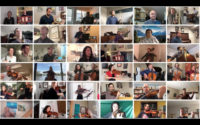
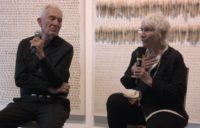
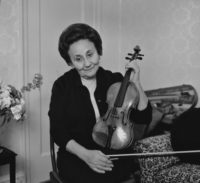
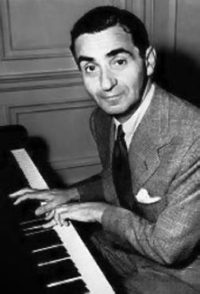
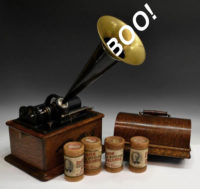
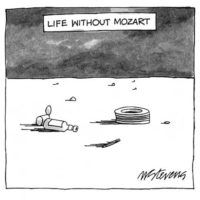
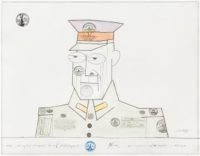
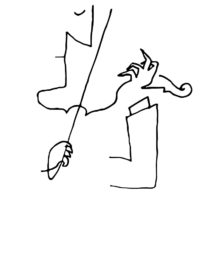
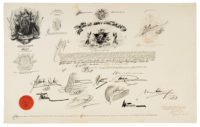

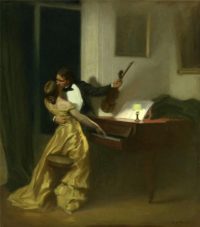
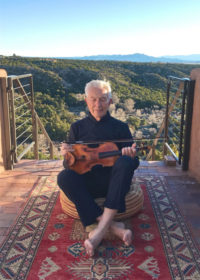
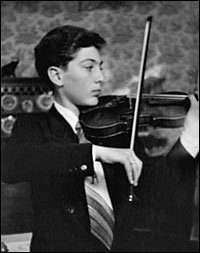



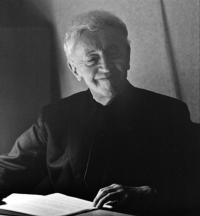
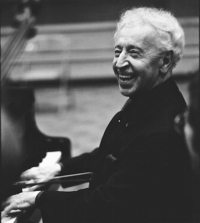
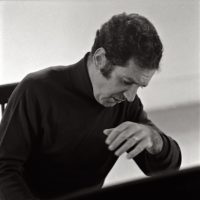
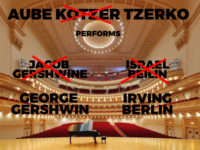
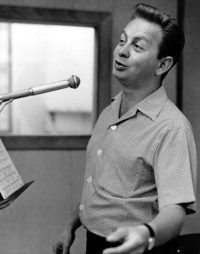


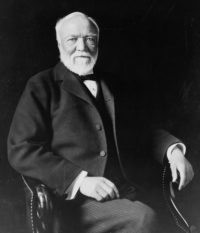
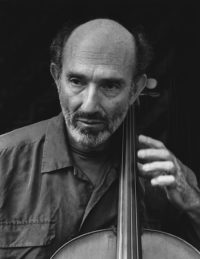


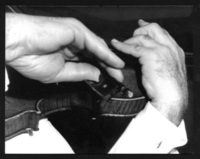


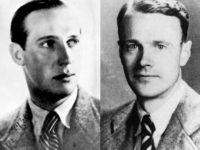
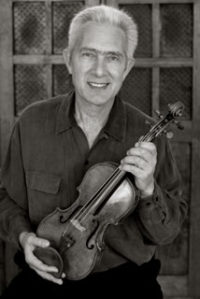
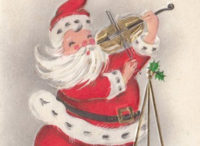
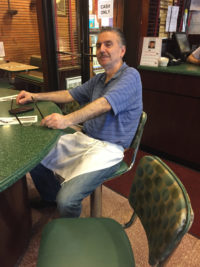

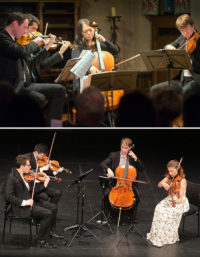
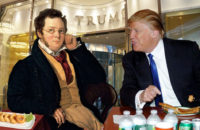
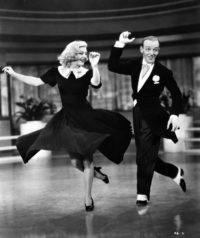
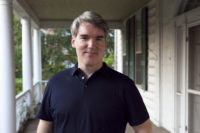

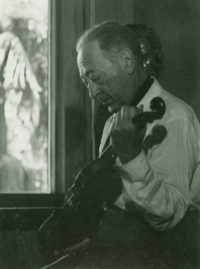
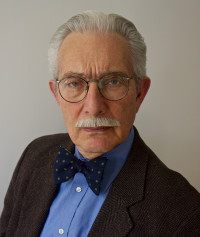

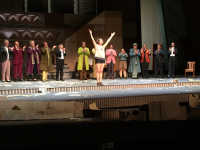
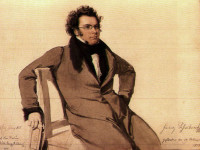
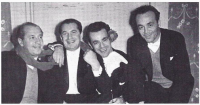
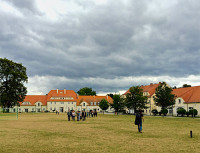
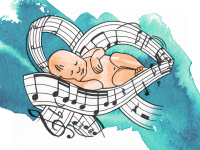
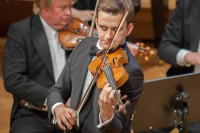

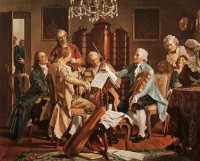

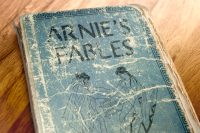

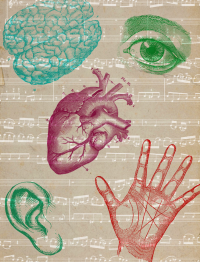
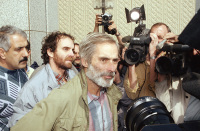



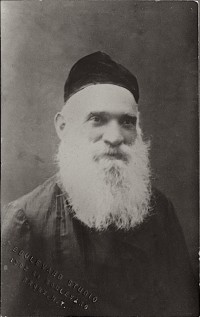
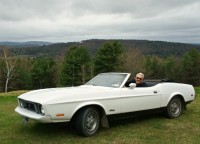



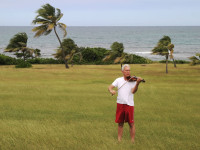
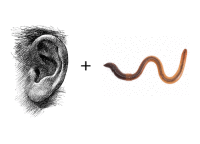
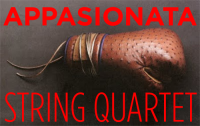


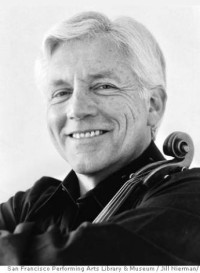
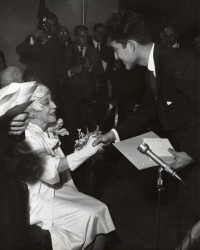
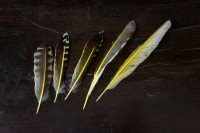
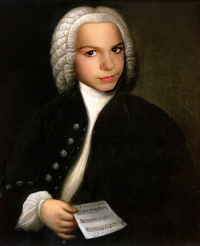
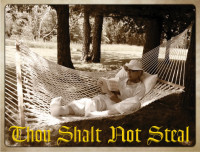
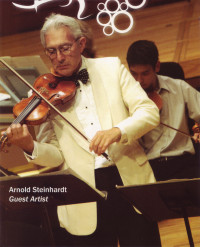
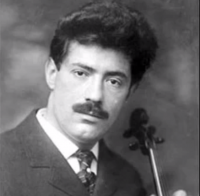

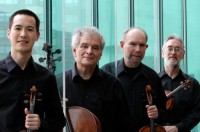
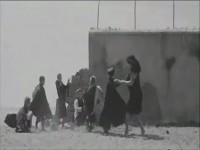
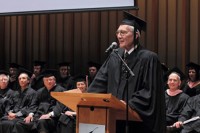

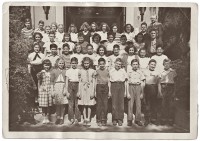
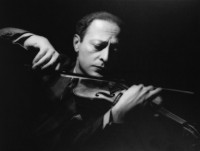

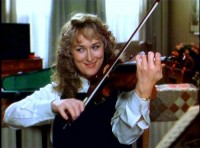

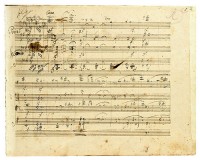
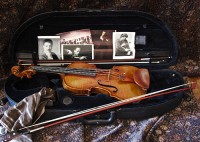
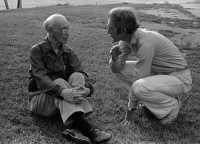

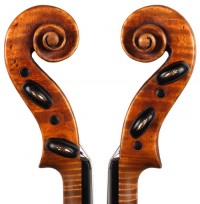
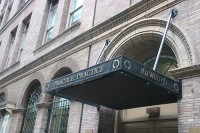
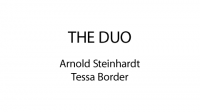
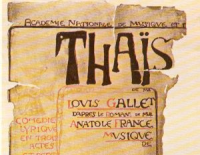

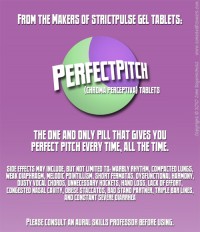
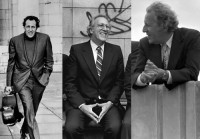
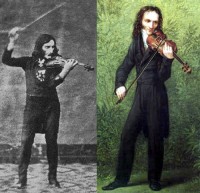
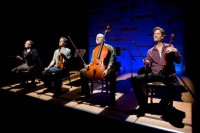
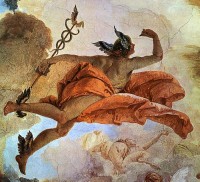
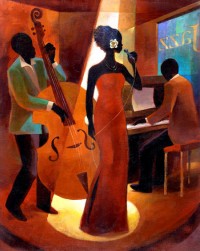
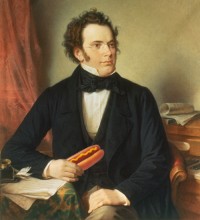

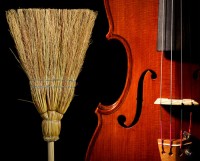
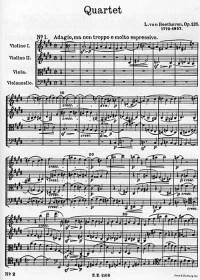


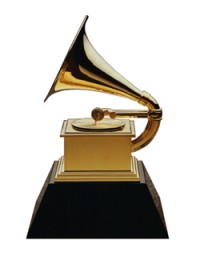
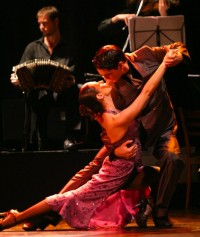


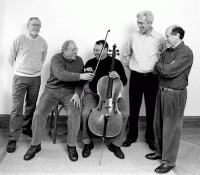
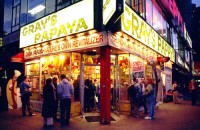
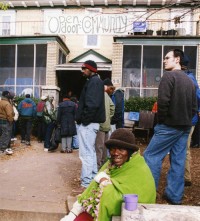

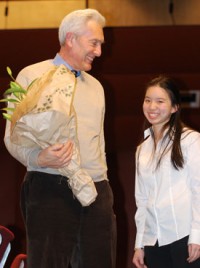
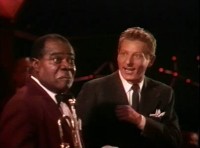
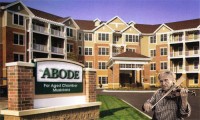
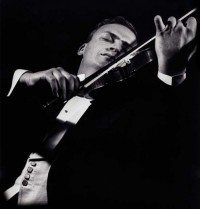
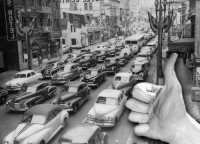


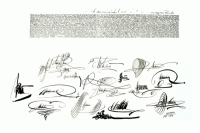

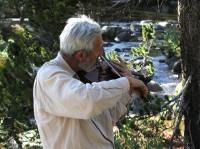
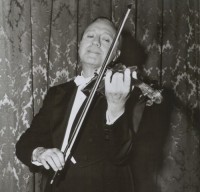
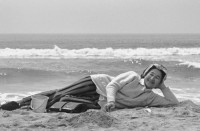

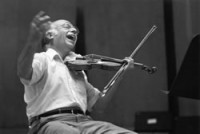
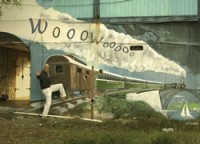


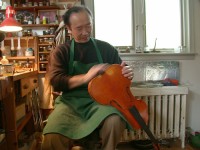
Comments
That mustache :)
Isn’t today your birthday? If so, Happy Birthday! I so enjoy all your stories. Debby Kakalik
This one takes the (birthday) cake! Thanks, Dr. Arnie!
Every person I have ever known who has been exposed to
Yiddish clulture deep inside wishes to be a comic.
Have a happy Day – no joke!
Very funny ! But the Beethoven bit ? All those cycles ! The photo very good, maybe a bit half-scary…. Happy birthday, assuming april fool’s day is really your birthday…what a hoot !!
Ah, totally delightful reading for April Fool’s Day.
I admire your writings, as well as your playing. :-) Always a joy to read your strawberry visits!
VIENNA (UPS) — What is thought to be an historic recording nearly 130 years old may have been discovered in a cupboard at the home of the Vienna Opera, where Gustav Mahler was then the music director. The Danish scientist Valdemar Poulson patented magnetic recording on wire in 1898, and exhibited his “Telegraphone” at the Paris Exhibition in 1900, where it won a Gran Prix, but there were serious practical problems. Recordings could be played back only at the volume of an ordinary telephone of that vintage, and the tension between the spools of wire could not be controlled, so that the wire easily became snarled. Wire recording eventually gained some currency after the Second World War, but by then it had been overtaken by tape recording as we now know it. Poulson had been touring Europe trying to raise finance to develop his invention, and was known to be in Prague on March 13, 1898, where Mahler conducted his First Symphony. A letter from Franz Schalk, who had conducted the rehearsals, mentioned Poulson by name and described him mounting a telephone transmitter on the conductor’s podium, with Mahler’s permission. Scholars have assumed that this was a telephone experiment, and that someone may have been listening to the concert at another location, but now a bundle of snarled wire has been discovered in an obscure corner of the opera house at Vienna, together with an almost undecipherable note in Mahler’s handwriting, which seems to refer to the “1st Sym” and to “Polsohn”. The wire is now in the hands of recording engineers, who are trying to unpick it using plastic tweezers, in order to avoid damaging whatever magnetic information it may contain. [ends]
In a later edition, the International Harold reported a legend that Poulson had a confederate in another part of the auditorium making another recording of the same performance, in case the first was a failure. The engineers picking apart the bundle of snarled wire have now discovered that they are in fact dealing with two separate lengths of wire, and it is hoped that when they are synchronised we will have a recording from March 1898 of Mahler conducting his First Symphony — in stereo. This later edition of the paper was not published in Australia, where it was no longer April 1st.
As always, on April fools day you can always find a unique way to make me giggle.
Happy to know you’re alive and well and still kibitzing ?
Hi Arnold! Happy Birthday ??
Big hugs & all our love!?
Marvelous, as usual, and No Fooling!
Ganz herrlich. Schade, dass mein Englisch nicht perfekt ist. Ich fürchte, dass ich nicht alles perfekt verstanden habe.
Thanks, Arnold—I needed this,this morning. A little humor, tongue in cheek—what a recipe for a new year in life—-have a great one. Frances Veri
Leave a Comment
*/